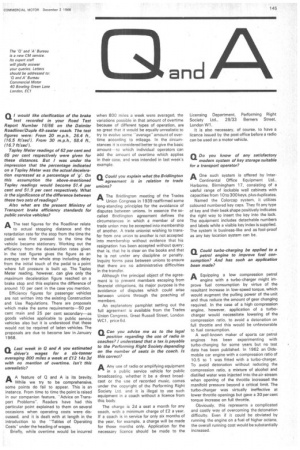Q Could you explain what the Bridlington agreement is in relation to trade unions?
Page 147

If you've noticed an error in this article please click here to report it so we can fix it.
AThe Bridlington meeting of the Trades
Union Congress in 1939 reaffirmed some long-standing principles for the avoidance of disputes between unions. In essence the socalled Bridlington agreement defines the circumstances in which a member of one trade union may be accepted into membership of another. A trade unionist wishing to transfer from one union to another is not accepted into membership without evidence that his resignation has been accepted without query; that is, that he is clear on the books and that he is not under any discipline or penalty. Inquiry forms pass between unions to ensure that there are no administrative difficulties in the transfer.
Although the principal object of the agreement is to prevent members escaping from financial obligations, its major purpose is the avoidance of disputes which could arise between unions through the poaching of members.
An explanatory pamphlet setting out the full agreement is available from the Trades Union Congress, Great Russell Street, London WC1, price 6d.
































































































































































































